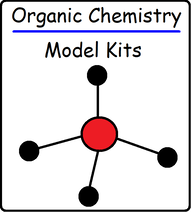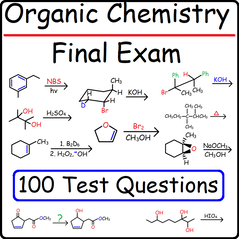|
What Is a Functional Group?
A functional group is a group of atoms or bonds in a molecule that possess similar chemical properties. The functional group within a molecule is the center of reactivity. By the identifying the functional groups, you can predict the behavior of a molecule. Properties of Functional Groups: Organic molecules with an alcohol (ROH) functional group typically have a higher boiling point and are more soluble in water compared to hydrocarbons that lack this group. Alkanes are hydrocarbons that lack the ROH functional group. They typically have a low boiling point and are insoluble in water. Carboxylic acids have a very highly boiling point due to the presence of the hydroxyl (-OH) group and the carbonyl (C=O) functional group. The boiling point of acetic acid is 118 degrees Celsius and the boiling point of Ethanol is 78 degrees Celsius. As you can see, carboxylic acids generally have a higher boiling point that alcohols. The bonds between atoms also play a role in the chemical reactivity of the functional group. Alkane hydrocarbons such as ethane (CH3-CH3) are nonreactive toward hydrogen gas. Alkene hydrocarbons such as ethene (CH2=CH2) are reactive toward hydrogen gas in the presence of a catalyst such as Pt. The presence of a double bond can alter the reactivity of a molecule compared to a single bond. The functional groups present in a molecule can affect the way the substance smells to an observer. For instance, some diamines like putrescine have a fisher odor. Esters, on the other hand, are known for their pleasant scents and are used in fragrances and perfumes. Thiols are the other extremity of the scent spectrum. Thiols are known for their pungent skunk-like odor. Here are some additional videos on functional groups. Introduction to Functional Groups: www.youtube.com/watch?v=m9jM8lWxrAE Unusual Functional Groups: www.youtube.com/watch?v=6RpvsHA4yHg Video Playlists and Final Exam Videos: www.video-tutor.net/ |



